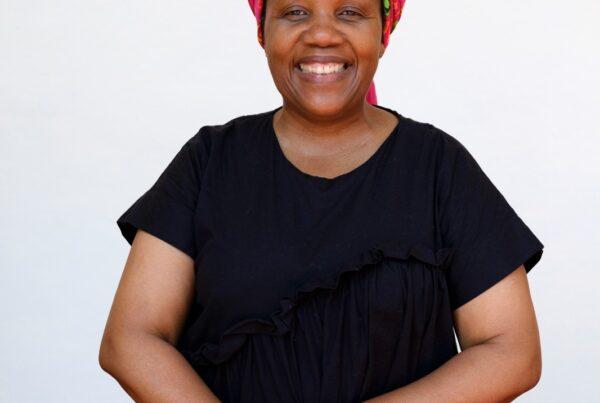One of the guidelines for writing the introductions to the ASSITEJ newsletter is to write what you are thinking about. What occupies your mind and heart. And as the snow is melting here in Wisconsin I look up and I see two dogs in front of the fireplace and four cats scattered on pillows and cat trees, and I think about interaction. Interaction between humans and animals, between the seasons (because it can start snowing again in a heartbeat in February), between countries and continents, between artists and cultures, and then, of course, between research and practice. The mind wanders.
In our field, Theatre for Young Audiences, there are few, if any, researchers who do not practice their own and other’s ideas. And there are few practitioners who are not inspired by other artists’ work. Interaction is what drives us, in particular on a global scale. The more productions we see, in diverse cultures-from diverse cultures, in various forms and styles, productions for babies or young adults, with or without children, the more we want to try ourselves, in our culture, in our city, with our artists.
ITYARN, the International Theatre for Young Audiences Research Network, just marked its 1Oth anniversary in October 2016. Its first research conference was in Adelaide, Australia in 2008, and in 2011 it became the official research network of ASSITEJ. In 2014 the ASSITEJ EC invited a network member on the EC for the first time. And in Cape Town, at the XIX ASSITEJ World Congress and Festival, ITYARN will have two days of intensive presentations and interaction between researchers and practitioners.
Interaction is also the hallmark of another network founded at roughly the same time as ITYARN, Write Local Play Global, since 2011 the Playwriting network of ASSITEJ. Of Small Size, the network of theatre for the very young. And of IIAN, the International Inclusive Arts Network, ASSITEJ Network since 2014. And of course, interaction is all about the Next Generation, young artists coming together to interact and share and spread beyond their experiences.
As I am having my first rehearsal this afternoon, I realize how all these interactions feature in my work. Two of my students, the next generation so to speak, will experiment with and perform a play by Finegan Kruckemeyer, a playwright who was at the very first Next Gen meet in Adelaide. I had a number of interactions with Finegan, which would not have happened without the networks or ASSITEJ. I wouldn’t know about this play. My students would not know about this play and would not have come up with the idea to adapt this play and perform it in schools. They would not have gotten permission to do this.
And I would not have thought of combining it with a research project, that is the Master’s Thesis of another student who would like to research the effect of live performance in schools and create a performance curriculum around it.
Interaction, then, whether intergenerational, interdisciplinary, or intercultural, between research and practice, between performers and audience, between cultural norms and values, between networks and centers is what interests me, what I think about, and what I practice and research.
The article at the end of this February 2017 newsletter is written by two of my students who were selected to be Jim Rye Fellows at IPAY, the International Performance Art for Youth Showcase. They write about their interactions at the show case, with performances and performers, with festival and producing house directors, and within the group of REY fellows. They are our next generation of interactors, whatever their specialization may turn o






